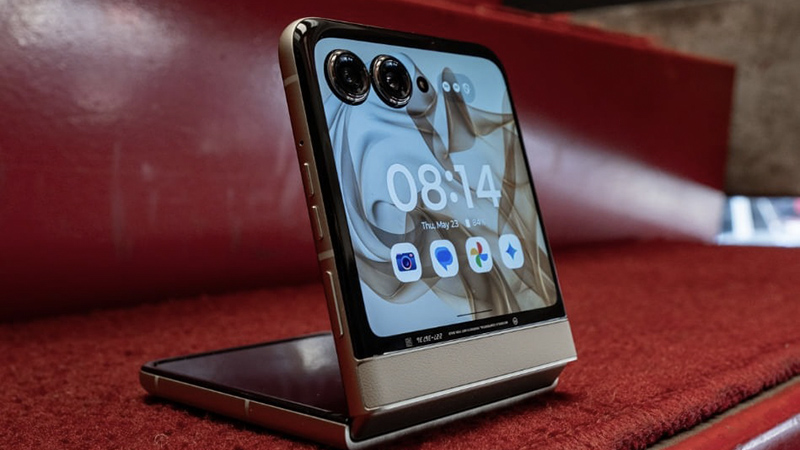Samsung Galaxy Watch 4 Classic vs. Galaxy Watch 3: Should you upgrade?
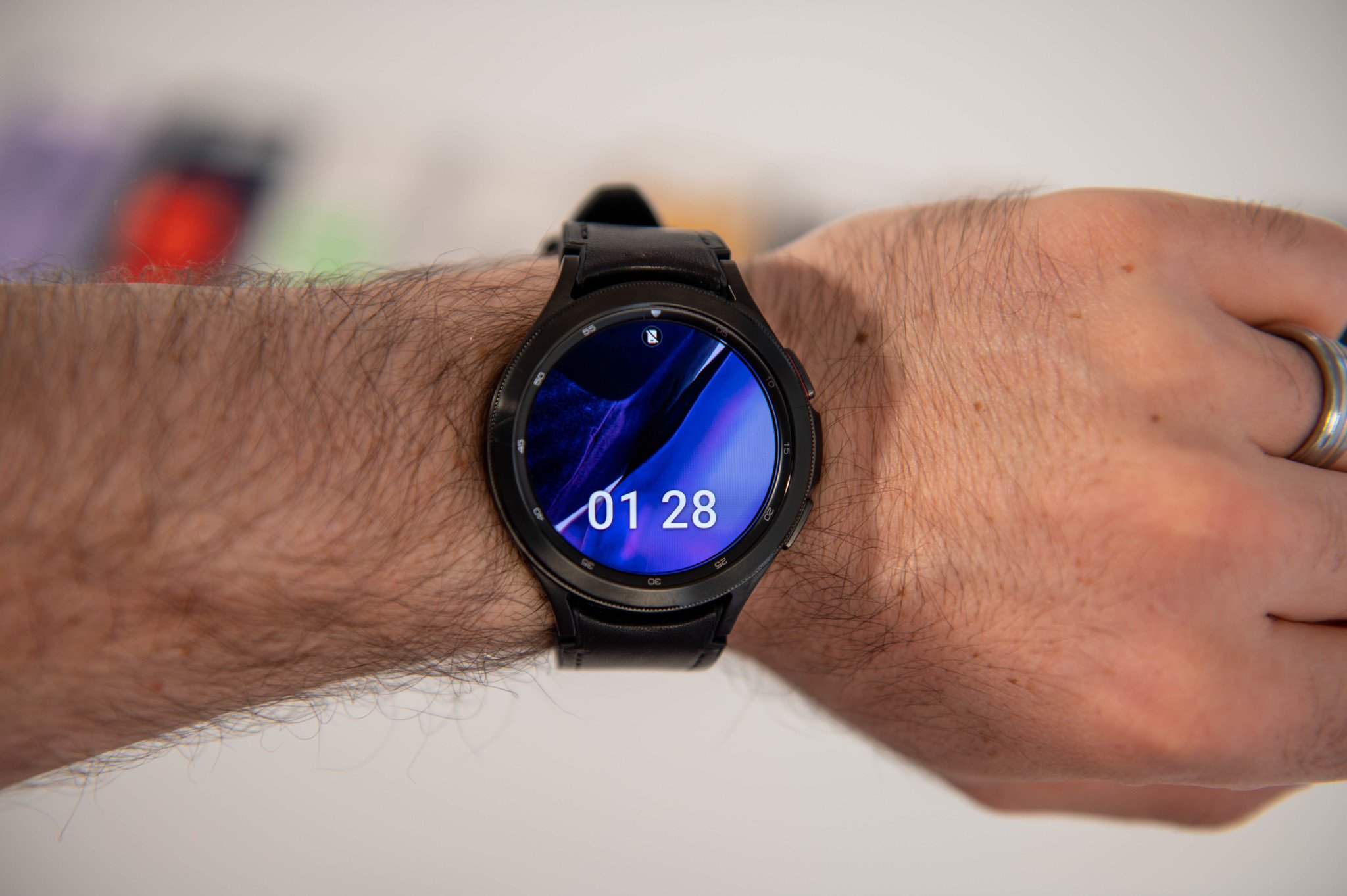
Samsung Galaxy Watch 4 Classic
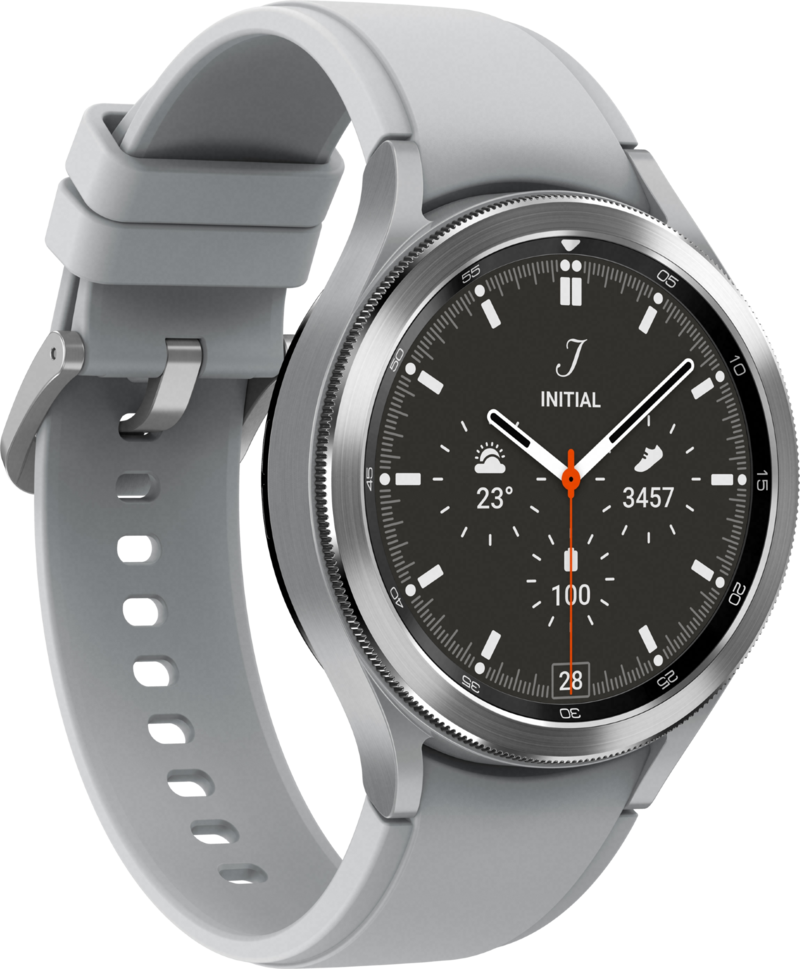
Samsung has taken all of the features that made its previous generation of smartwatches great and made them even better with the Galaxy Watch 4 Classic. With improved performance, battery life, new advanced health sensors, and more, along with the new Wear OS, this is now the ultimate smartwatch.
Samsung Galaxy Watch 4 Classic
The new king
Samsung Galaxy Watch 3
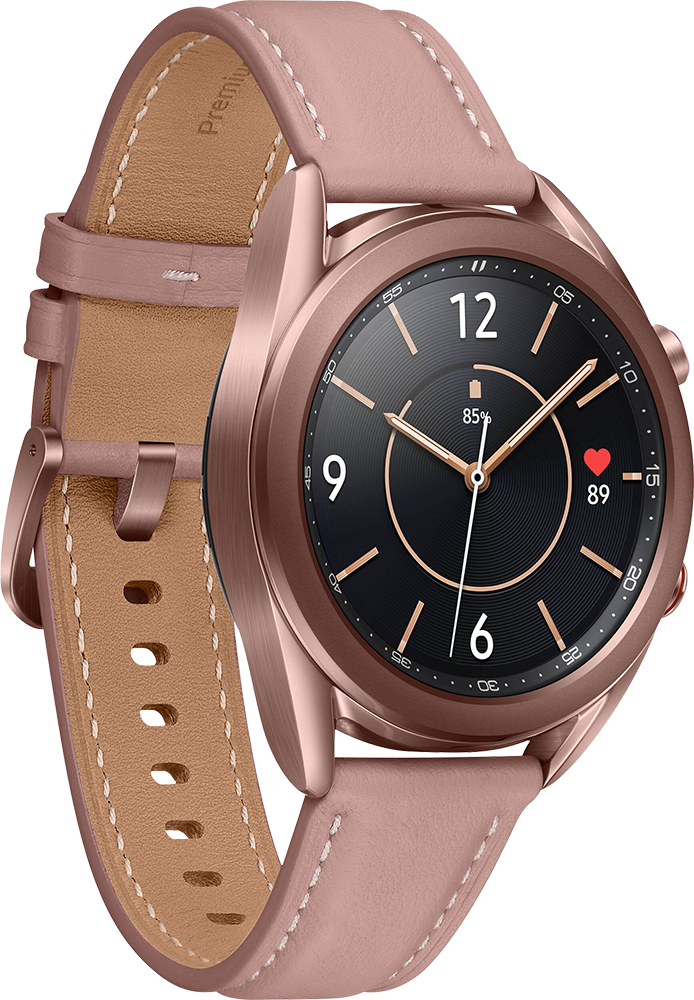
As Samsung's premium smartwatch from 2020, the Galaxy Watch 3 is still a fantastic device, with great performance and excellent build. Though since it is running Samsung's Tizen OS, it does have a limited support life. This also means that because of that OS, it also has a limited number of apps available.
Samsung Galaxy Watch 3
Reliquishing the crown
Since the Samsung Galaxy Watch 3 was released, it has been one of the best Android smartwatches available. But, with the new Galaxy Watch 4 Classic out in full-force, last year's model may have met its match. This isn't to say that the older version is suddenly a bad smartwatch. It still has fantastic performance and is one of the best-looking smartwatches to this day. However, with Wear OS 3 being the new software for Samsung smartwatches moving forward, time is limited. So, with that being said, if you are currently rocking the Galaxy Watch 3 should upgrade to the Samsung Galaxy Watch 4 Classic — maybe. Let's take a closer look.
Samsung Galaxy Watch 4 Classic vs. Galaxy Watch 3: Keeping things current
Looking at the pros and cons above, it might seem like the Galaxy Watch 3 is a bad smartwatch, but that couldn't be further from the truth. It's an excellent one. The crux of the situation is that we're comparing that watch to the latest offering from Samsung, the Galaxy Watch 4 Classic.
While on the outside these two wearables have a lot in common, on the inside, the differences can become vast.
| Header Cell - Column 0 | Samsung Galaxy Watch 4 Classic | Samsung Galaxy Watch 3 |
|---|---|---|
| Size | 45.5 x 45.5 x 11.0 mm41.5 x 41.5 x 11.2 mm | 46.2 x 45 x 11.1 mm42.5 x 41 x 11.3 mm |
| Weight | 52g46.5g | 53.8 g48.2 g |
| Display | Super AMOLED 1.4in (450x450, 330PPI)Super AMOLED 1.2" (396x396, 330PPI) | Super AMOLED 1.4in (360 x 360, 364PPI)Super AMOLED 1.2" (360 x 360, 364PPI) |
| Material | Stainless steel case | Stainless steel case |
| Operating System | Wear OS Powered by Samsung | Tizen OS |
| Processor | Exynos W920 (5nm) | Exynos 9110 (10 nm) |
| Memory | 1.5GB RAM16GB storage | 1GB RAM8GB storage |
| Battery | 361mAh247mAh | 340mAh247mAh |
| Sensors | AccelerometerBarometerGyroGeomagneticLightBioActive Sensor (heart rate)ECGBIA | AccelerometerBarometerGyroGeomagneticLightECG |
| Connectivity | LTE (optional)Bluetooth 5.0Wi-FiNFCGPS | LTE (optional)Bluetooth 5.0Wi-FiNFCGPS |
| Durability | 5ATMIP68MIL-STD-810G | 5ATMIP68MIL-STD-810G |
| Colors | BlackSilver | Mystic BronzeMystic BlackMystic White |
| Band size | 20mm20mm | 22mm20mm |
Many of the specs in the table are the same or very close, but the differences add up to be significant in daily usage. For starters, even with the larger battery in the 46mm Galaxy Watch 4 Classic, it's still lighter than the Galaxy Watch 3. The new watch is smaller in every other dimension while still offering the same display size.
Speaking of the display, Samsung has improved the resolution of the already great-looking screen that was on the Galaxy Watch 3 for its new wearable. When we're talking about a small display, in comparison to a smartphone, even the slightest increase in visual clarity is impactful.
Be an expert in 5 minutes
Get the latest news from Android Central, your trusted companion in the world of Android
Samsung Galaxy Watch 4 Classic vs. Galaxy Watch 3: The OS makes the difference
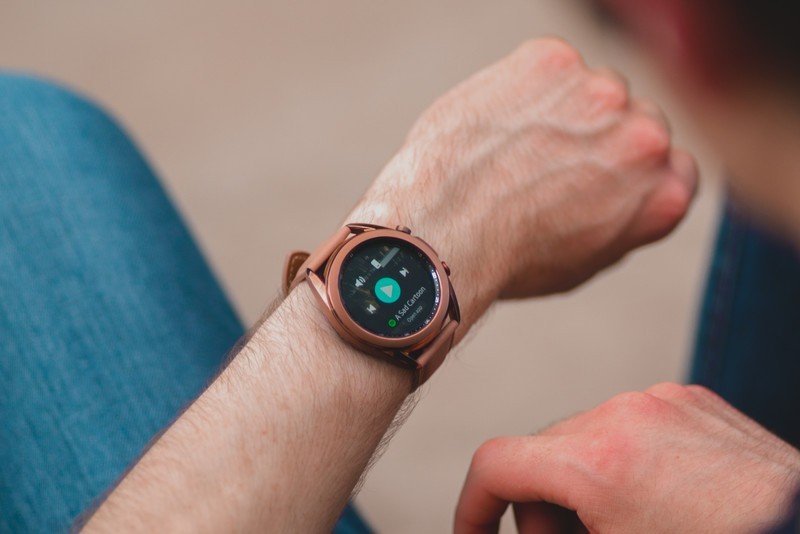
Samsung smartwatches over the past few years have all had great overall performance. This has been primarily because Samsung used its self-made processors and optimized them with the in-house OS, called Tizen. Peak evidence of that excellent optimization is seen on the Galaxy Watch 3, and it would be understandable if there were concerns that there could be a drop off in performance now that Samsung is moving to Wear OS 3 on the Galaxy Watch 4 Classic.
With a hand in creating the new Wear OS 3 along with a new, more powerful processor and 1.5GB RAM, the Galaxy Watch 4 Classic absolutely flies in daily use.
However, because Samsung is not only still using its own processor, albeit a much-improved version over the 2020 model, it also had a hand in co-developing Wear OS 3 with Google. Because Samsung has influenced how the new software is made, it can also ensure that the new Exynos chipset powering the Galaxy Watch 4 Classic continues to provide excellent performance.
This move to Wear OS 3 brings added functionality that was missing from Tizen. Not only will the new wearable now have access to things like Google Assistant and Google Pay, but it also gains access to far more apps than before thanks to the inclusion of the Google Play Store.
Tizen on the Galaxy Watch 3 is still working and will continue to. However, that won't be forever. Samsung has said that the OS will continue to be supported for existing watches for three years from the device's launch date. For the Galaxy Watch 3, that will be until August 2023. After that, the future of the Galaxy Watch 3 is up in the air as it won't be updated to Wear OS 3.
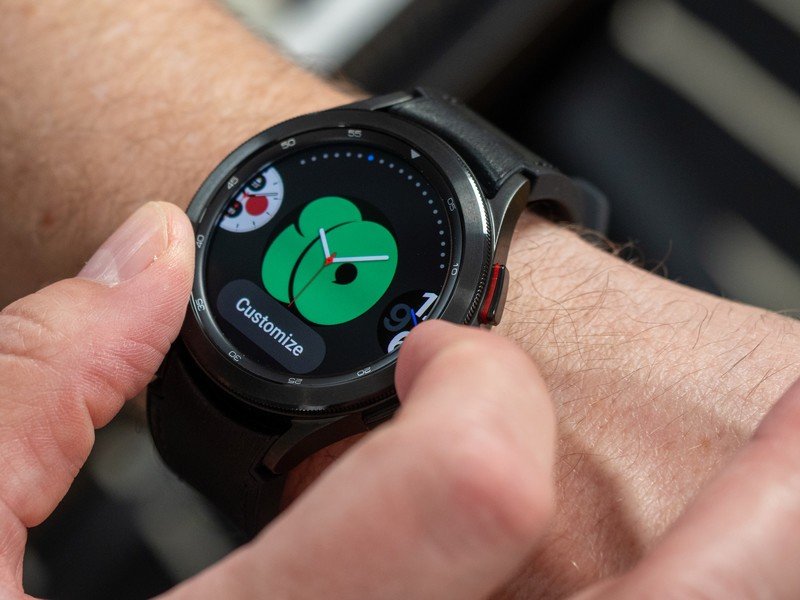
If you've used a Wear OS or Tizen OS, you likely have seen that both operating systems have their merits, from the way the UI looks to the app support. On the Galaxy Watch 4 Classic, Samsung has done a good job of merging the utility of Wear OS 3 with the visual cues that fans of Tizen enjoy onto the new smartwatch with One UI Watch.
One of the other things that Samsung has been leading the pack with is how it does fitness, and that doesn't change with the Galaxy Watch 4 Classic. In fact, it extends. Samsung has created a new 3-in-1 health sensor that keeps the core functionality in the Galaxy Watch 3, but it's faster and adds new features.
For example, the new BIA sensor (Bioelectrical Impedance Analysis) in the Galaxy Watch 4 Classic can provide a more complete picture of your overall health. Similar to what the best smart scales can provide, this new sensor can provide you with your skeletal muscle mass, basal metabolic rate, body water, and body fat percentage markers all from your wrist.
Samsung Galaxy Watch 4 Classic vs. Galaxy Watch 3: Which should you buy?
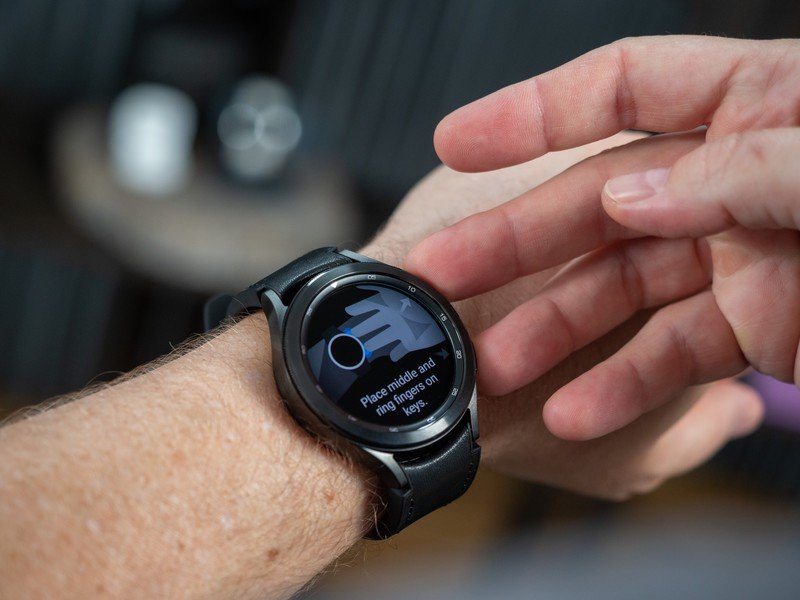
The Galaxy Watch 3 is still a very capable smartwatch so upgrading to the new Galaxy Watch 4 Classic comes down to your personal needs. If you want to be sure that you have the most up-to-date software, want more comprehensive personal health analysis from your wrist, and need more options for apps, and have the funds to upgrade, then the Galaxy Watch 4 Classic is a fantastic choice.
But, if you are still happy with your Galaxy Watch 3 and want to hold off on upgrading for a couple of years, then, by all means, continue to use one of the best Samsung smartwatches ever made.

The past and present all-in-one
The Samsung Galaxy Watch 4 Classic ushers in the new era of Wear OS and for the hardware manufacturer. Samsung has kept all of the wonderful features its smartwatches have had for years and adds in fresh new software, and more advanced health tracking features.

Ready for its bronze bust
When Samsung released the Galaxy Watch 3, it showed the world what an optimized approach to an Android smartwatch could be — and it was great. However, with Tizen getting its end-of-life notice, this watch has a limited future. This means that its Mystic Bronze bust is already reserved in the Android smartwatch hall of fame.

